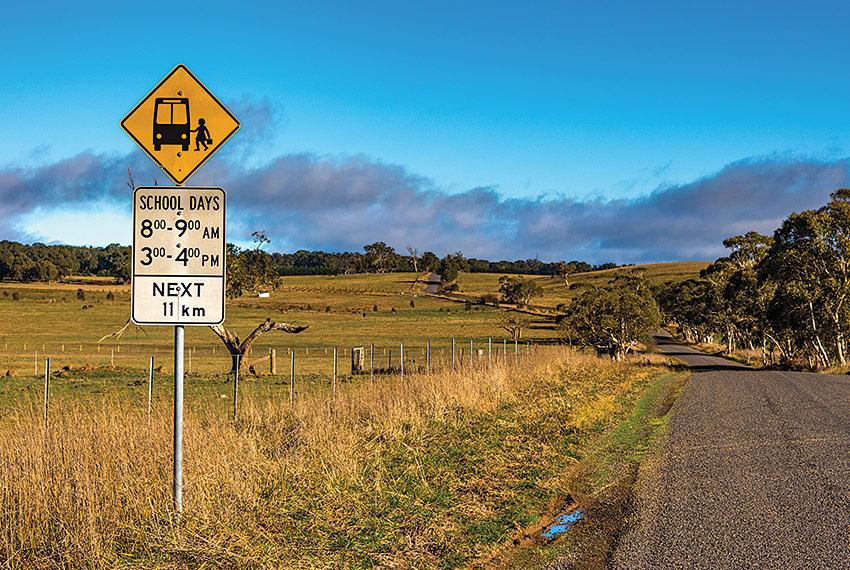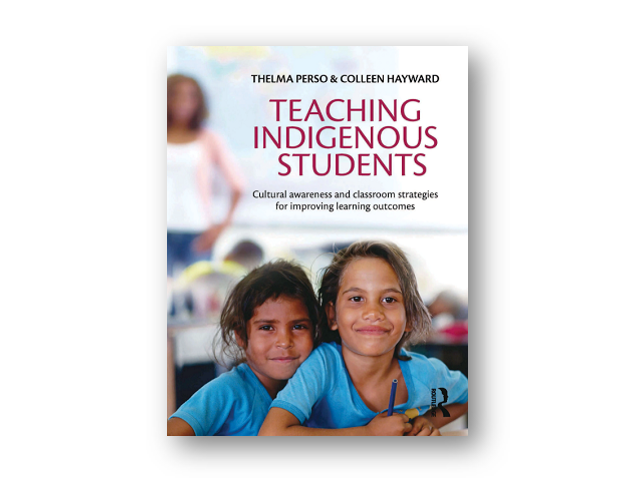
What does it mean to know your students? The first standard in the Australian Professional Standards for Teachers is to Know your students and how they learn.
Certainly knowing a student means more than just remembering administrative information or their academic performance. To impact on learning outcomes for students, teachers need a deeper understanding of who their students are, their backgrounds, strengths, existing knowledge and where they come from. This information provides a foundation on which to make decisions about what teaching strategies might be most effective.
For Aboriginal and Torres Strait Islander people, Country is inherent to identity. When a teacher demonstrates a willingness to learn about their students’ culture, cultural identity and Country, they are telling each student that they value them and respect them.
Understanding cultural values, traditions, histories and relationships is knowledge that classroom teachers can use to shape their teaching. By learning more about the history of the area in which you work, you can bring essential context and an enriched perspective to your school and classroom. When teachers do this well, students feel culturally safe and supported, which in turn enhances student learning and development.
Where do you begin? Starting with what students already know is important. Often, existing knowledge can be a key part of a student’s identity. Students from Aboriginal and Torres Strait Islander backgrounds may be able to bring language, culture, stories, traditions and Indigenous knowledges (with a history of 60,000 years!) into the classroom. Great teachers will recognise the value of these knowledges and welcome their students sharing what they know in a way that will enrich the learning environment for everyone.
So, how can teachers deeply know their Aboriginal and Torres Strait Islander students? Start with an openness to learning.
Here are some reflection questions to get started:
- What do I know about the history of the area where I work?
- Who are the Traditional Owners of the land where I work?
- Are there existing relationships between the school and local Elders or community groups? How might I forge these relationships?
- What is the cultural identity and linguistic background of my students?
- How can I learn more about and recognise what my students already know?
- Are there cultural differences that influence the way my students act or relate to others?
Read more in the book Teaching Indigenous Students: Cultural Awareness and Classroom Strategies for Improving Learning Outcomes by Thelma Perso and Colleen Hayward.
Thelma Perso is an honorary fellow with the Menzies School of Health Research. She has over 30 years’ experience as both a classroom teacher and in educational positions and has worked extensively in the area of culturally responsive frameworks and pedagogies.
Colleen Hayward is an Emeritus Professor and Deputy Chair on AERO’s Board. She is a senior Noongar woman with extensive family links throughout the south-west of Western Australia. Colleen is an inductee into the WA Department of Education’s Hall of Fame for Achievement in Aboriginal Education. In 2012, she was recognised as a Member in the General Division of the Order of Australia, and 2015 saw Colleen awarded one of Murdoch University’s Distinguished Alumni for her work in the areas of Equity and Social Justice.

Other related resources
- Addressing Aboriginal and Torres Strait Islander Histories and Cultures in Science
- AIATSIS Map of Indigenous Australia
Elements of this article appear in the book Teaching Indigenous Students: Cultural Awareness and Classroom Strategies for Improving Learning Outcomes by Thelma Perso and Colleen Hayward.